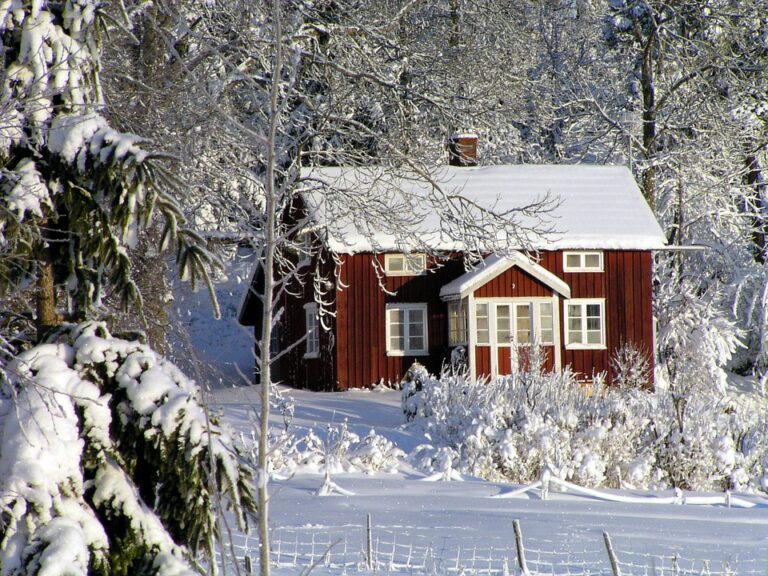Every Edmontonian knows that winter is not a season to be trifled with. While we take the necessary precautions to protect ourselves, our vehicles, and our homes from winter’s frigid temperatures, it’s important to take our plumbing into consideration as well. Having your pipes freeze during the winter can be a costly matter, so taking the proper steps to avoid this can save you a lot of trouble and money.
You should pay particular attention to your home’s sump pump. This pump is designed to remove water that has been collected in the sump basin and release it away from your home. A sump pump is usually located at the lowest point of a basement or crawlspace and is susceptible to freezing when the temperatures plummet.
If ice builds up in the pump basin, water cannot flow freely and will eventually freeze completely. When the water in the sump basin begins to freeze, the pump has to work extra hard to move the water away from your home. The pump’s inability to discharge water can cause it to overheat or fail.
While sump pumps do not run as often in the winter months as they do the rest of the year, there is a chance that melted snow or ice may necessitate its function. If it does kick in to remove excess water, even in the wintertime, you want to make sure it does so without failing.
How to Prepare Your Sump Pump for the Alberta Winter
1. Protect Your Discharge Pipe From the Cold
If the sump pump’s discharge pipe passes through cold air unprotected, there is a risk that the water inside this pipe will freeze. Frozen water blocks the discharge pipe, meaning that flowing water cannot pass through. Your pump will continue to work, trying to push the water past the frozen blockage and may burn out from the effort.
In order to prevent this from happening, it’s recommended that the discharge pump be burred at least 12 centimeters below the frost line. If this cannot be done, then the pipe should be insulated with a tarp or hay.
2. Keep Water Running in Your Home
Moving water is less likely to freeze. Even a slow stream of water running inside your home can prevent ice from forming in the sump basin. If possible, leave a cold water tap on low throughout the winter to prevent freezing in your pipes.
3. Protect Your Sump Pump’s Motor
In order to alleviate strain on your sump pump’s motor, you can redirect the water around your home using other forms of drainage. This prevents the sump pump from turning on as often and limits the risk of the pump having to work against frozen pipes.
As mentioned above, if a sump pump struggles to push frozen water, the motor can overheat and stop working altogether.
4. Disconnect the sump pump’s discharge hose
One of the most important ways to winterize your sump pump is disconnecting any extension hoses attached to your sump pump’s discharge pipe before the start of winter. Water is much more likely to freeze in an extension hose. If you require an extension to move water further away from the discharge pipe, ensure that you use a freeze-proof extension hose and ensure it is directed away from areas where it may pose a safety risk if frozen (i.e. the end of a driveway)
Sloping the pipe downward can also help in ensuring that the water continues to flow naturally. As long as the water is flowing, it cannot sit and freeze in the pipes.
Is Your Sump Pump Ready for Winter?
Ensure your sump pump is ready for Edmonton’s cold winter months. Questions or concerns? Don’t hesitate to contact our team!

